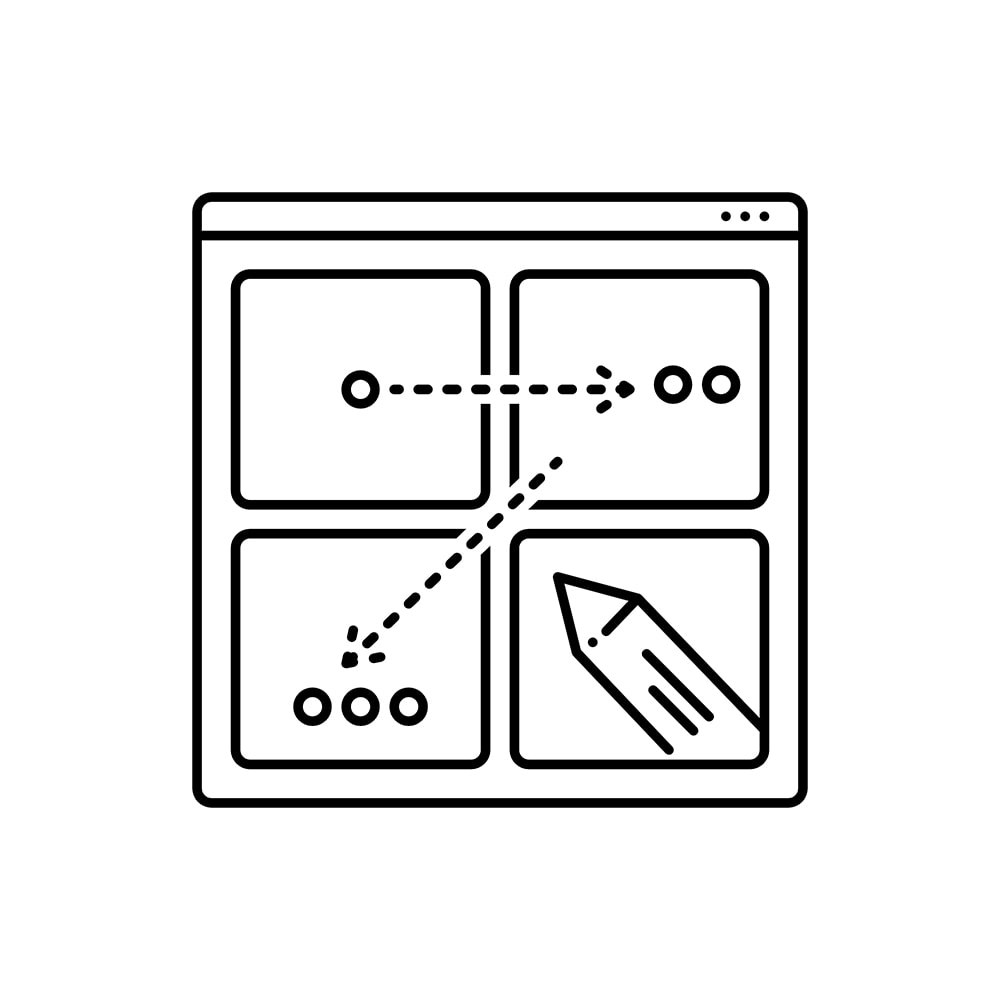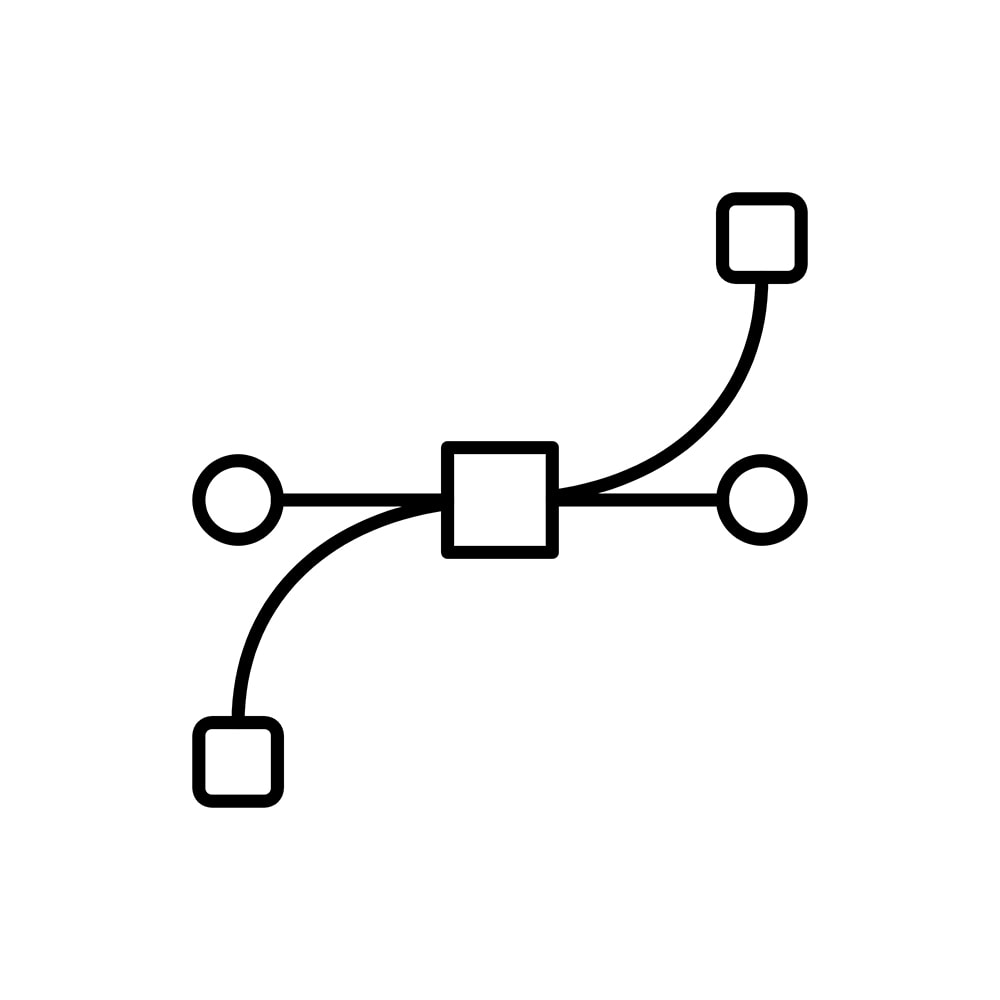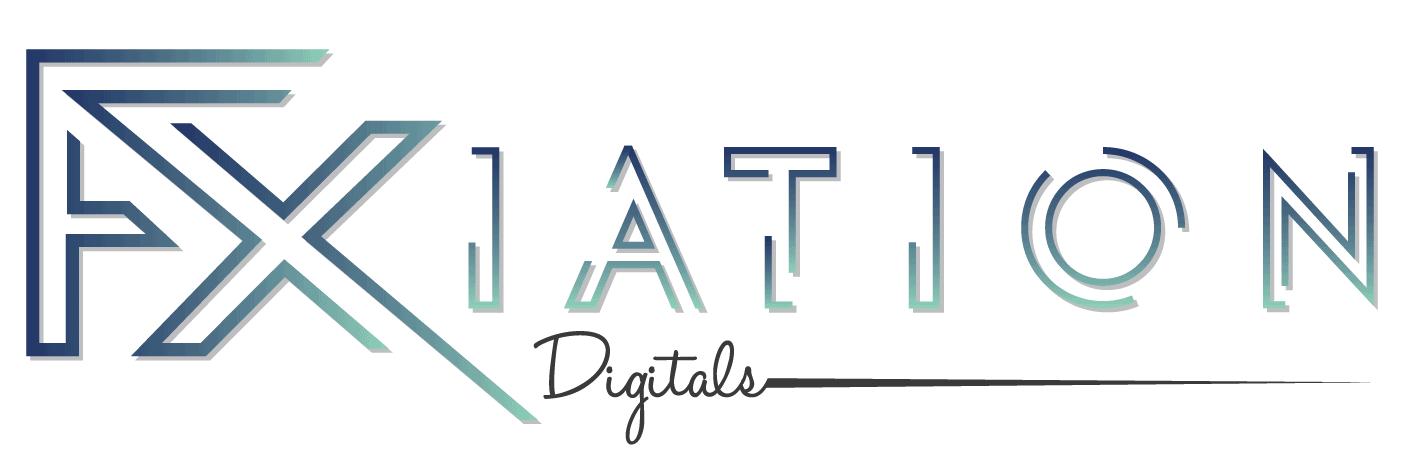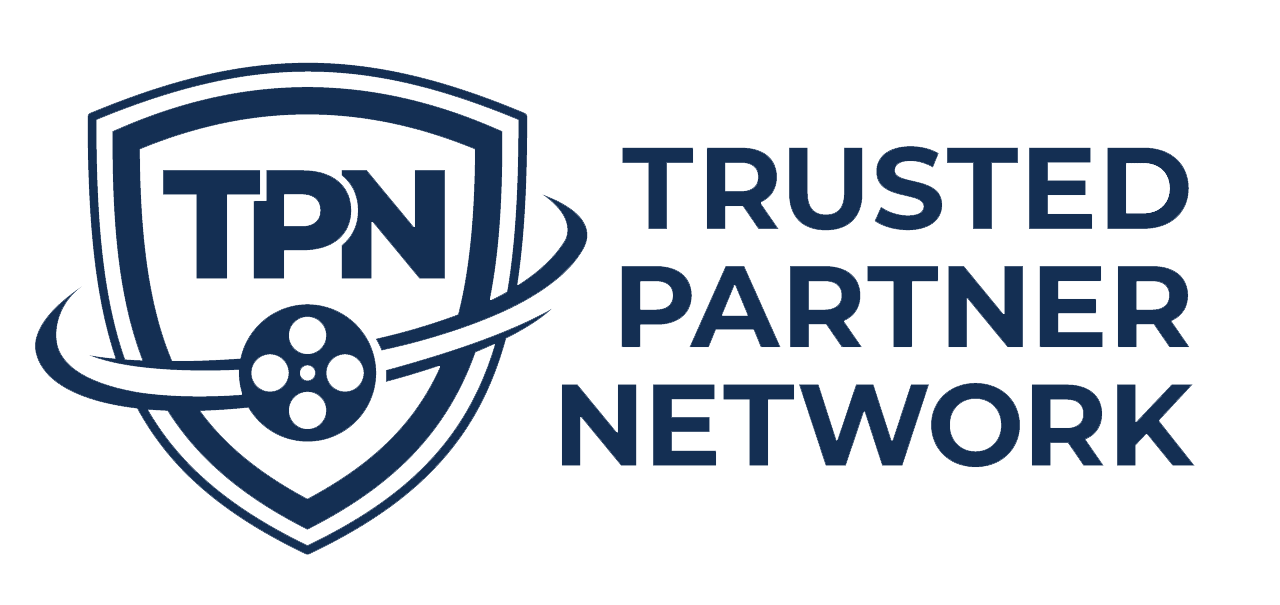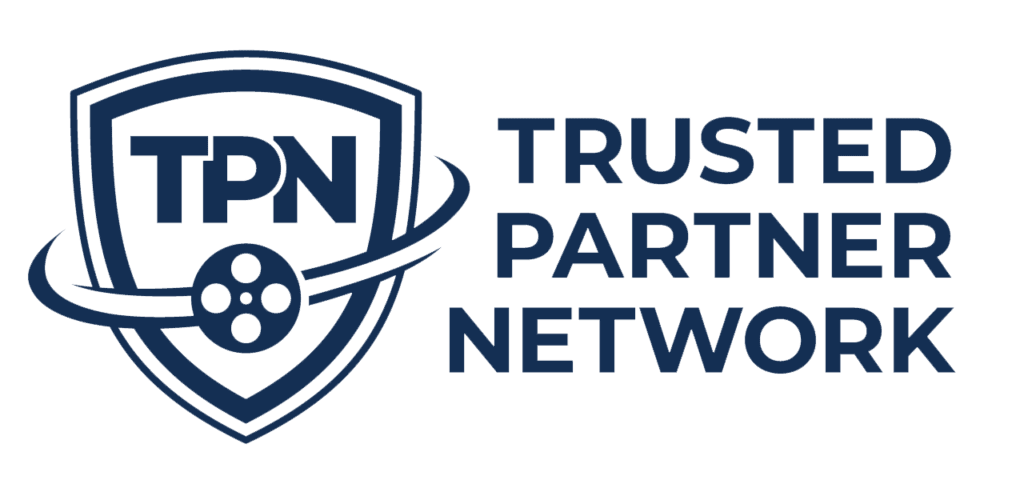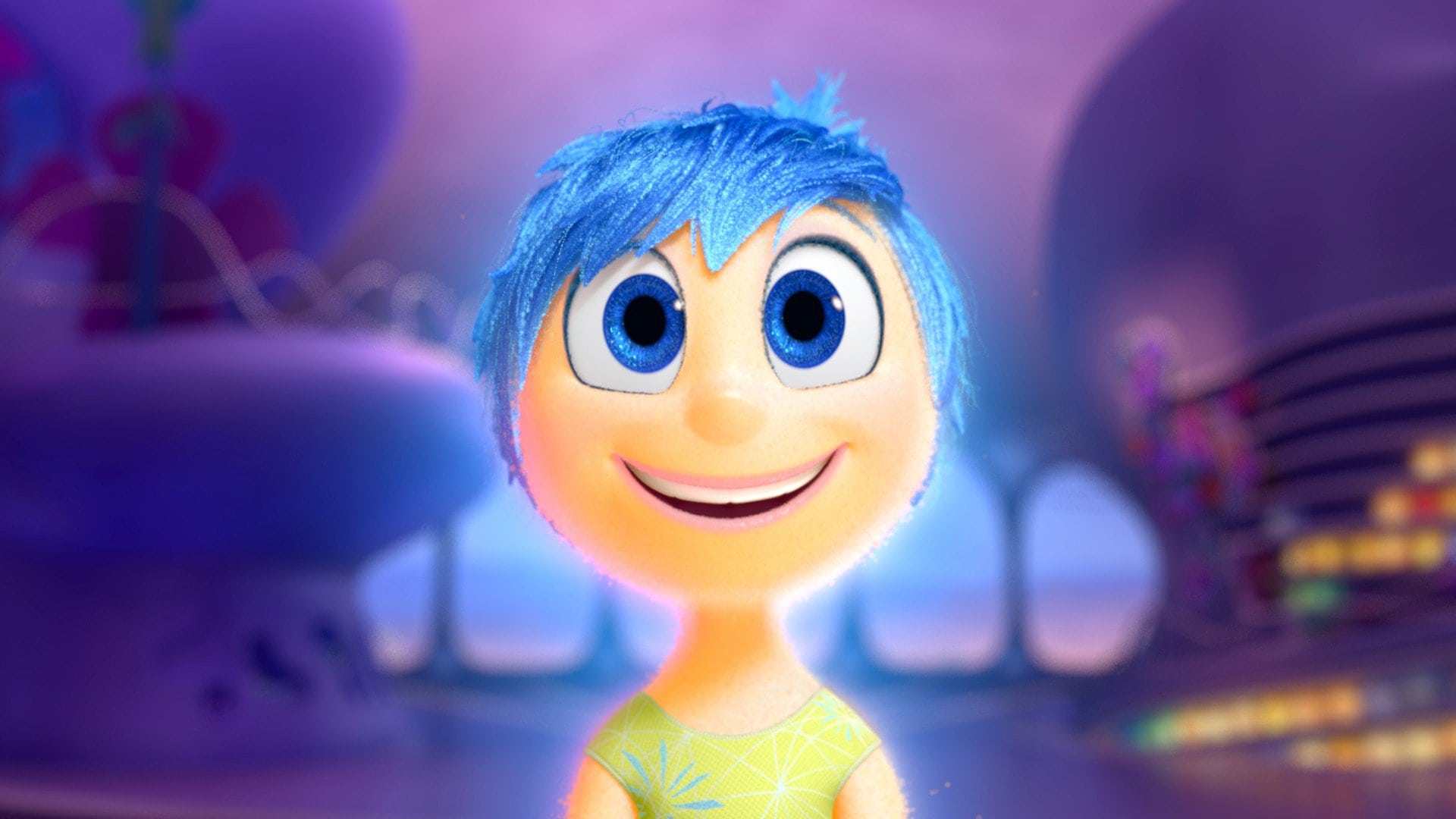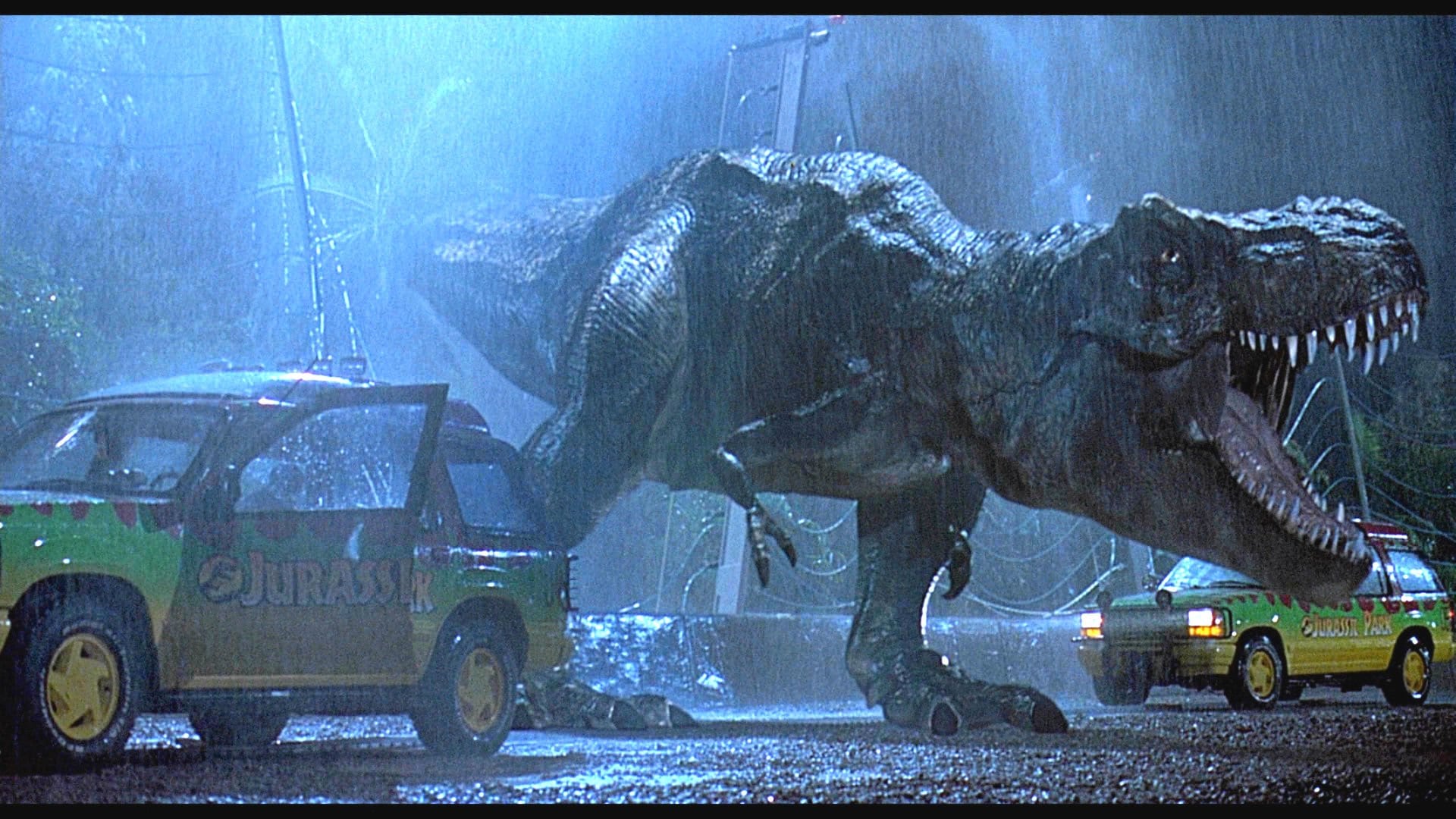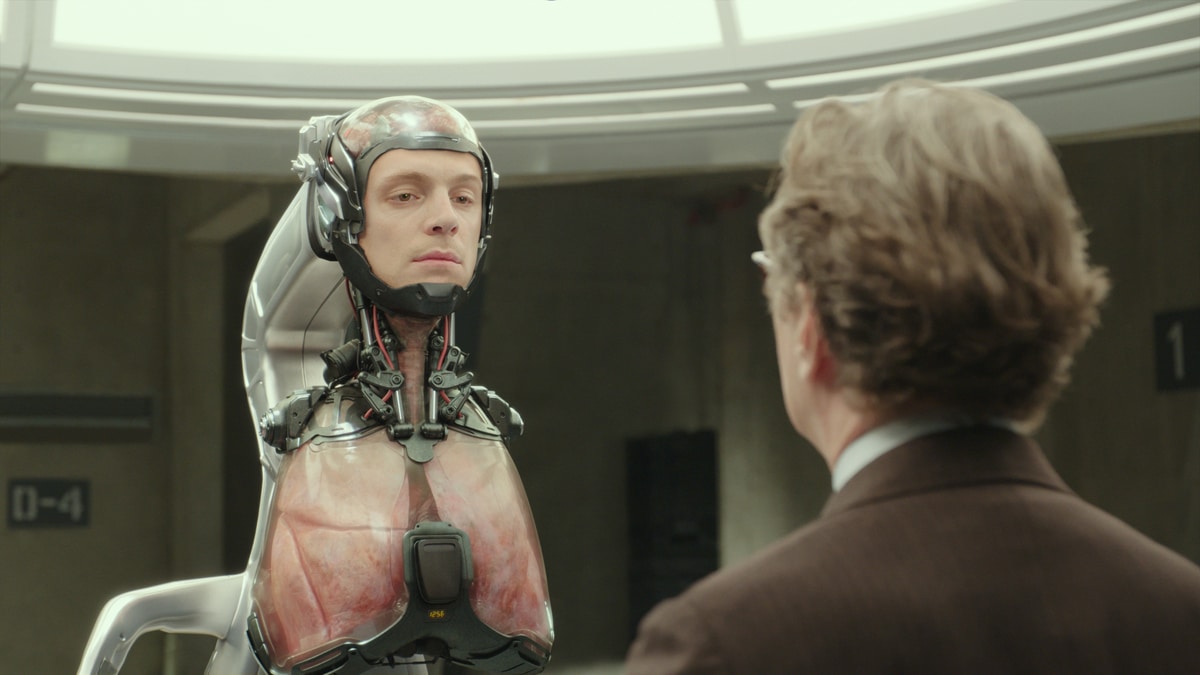A storyboard is a visual representation of a script, showing the progression of the narrative scene by scene. Typically, a storyboard for a movie is created using hand-drawn sketches and notes in the margins. It serves as a map or guide for the video, allowing you to preview the final version. Creating a storyboard is essential for developing an animated video. It’s worth noting that a storyboard typically does not include color, background details, or character designs, as those elements are part of a larger project illustration that will be developed later on once the client approves the storyboard. Creating a high-quality video requires considerable time and effort, but it’s important to maintain quality for cost and deadline. By examining the importance of storyboarding, we can understand why it’s necessary to include it in creating an animated explainer video.
Create an effective storyboard for a movie
- Don’t strive for perfection
It’s important to remember that the storyboard for a movie is not the final product, so don’t become overly fixated on every small detail. It’s not necessary to create a new sketch for every blink of a character; focus on the main actions on screen. Detailed storyboards can become excessive and must be the appropriate place for complex or multi-layered imagery.
- Number your storyboard frames
Storyboards are like roadmaps for the rest of the production team and must be easy to follow. By numbering each storyboard frame, you make it simple for the team to understand and ensure that the storyline of the final video is coherent before recording or animation begins.
- Be imaginative
The storyboarding process is the first opportunity for your team to see a visual representation of the script. When storyboarding for film, reviewing the script and thinking creatively about conveying the story visually is essential. Keep in mind the visual flow and think about how scenes will transition from one to the next, including camera movement where appropriate. Remember, the most successful videos have a consistent sense of motion throughout.
- Collect feedback
To avoid costly changes, stakeholders must review the storyboard before recording or animating the video. Gather feedback from the entire team, and make any necessary adjustments to the storyboard until everyone is satisfied to proceed. However, remember that too many opinions can sometimes affect the outcome.
- Have fun
Creating and making videos should be an enjoyable experience. While there are many aspects to consider, it’s important to take a step back and enjoy the process. If you have fun making the video, it will be reflected in the final product and will be noticed by the viewers.
Tips for Creating a Professional VFX storyboard
- Storyboarding Templates
If you are new to storyboarding, use a storyboarding template. Various websites offer free storyboarding tools. Storyboarding for film from scratch can be challenging, but using a template can make the process much easier and less stressful. You can find one below.

- Movement
While a storyboard primarily consists of still images, it’s crucial to consider the movement of both characters and cameras. As you create the storyboard, take note of camera movements, such as a zoom or pan, and the direction in which characters are moving. Make notes and use arrows to indicate movement in the storyboard.
- Music and Audio
While working on the storyboard, consider the soundscape, such as any diegetic sound that should be included, like background ambiance or a specific song. Try envisioning the entire scene, including the audio, to create a more cohesive final product.
- Frame Composition
When creating a storyboard for a movie, you may have considered the shots you want to use, such as long shots, close-ups, or over-the-shoulder shots. However, other elements, such as lighting and shadows, also play a crucial role in setting the mood and atmosphere of a scene. Be sure to consider these elements and give your cinematographer an idea of the desired lighting for each frame in the storyboard.
- Storytelling with Storyboarding
The purpose of storyboarding is to tell a story visually. Therefore, the way characters and props are depicted in the VFX Storyboard should convey the story without additional explanation. Characters’ facial expressions, body language, and props placement all help convey the emotions and actions in the scene. Keep it visual and let the storyboard speak for itself.
- Visual Effects
When storyboarding for film, it’s crucial to include notes for visual effects in the final product. This could be anything from minor details, such as a dramatic film title flash, to larger effects, like a city being blown up. By including these notes and depicting them in the storyboard, you will provide the visual effects team with a clear understanding of what is anticipated so they can plan their work accordingly.
- Too Many Panels
Keep it minimal and efficient when creating a storyboard for a movie for a basic scene. There is no need to repeat the identical visual frame multiple times unless there is a change in the shot, as it is unnecessary and can be a waste of resources.
- Too Few Panels
When creating a storyboard for a movie, ensure that it effectively communicates your vision to the production team by including enough detail, but avoid including unnecessary information. Avoid being too brief, excessive repetition or adding too many panels for simple scenes.
- Start Rough
It can be beneficial to begin the storyboarding process with a rough, poorly-drawn version before moving on to a more polished version. This approach lets you get a feel for the images and make any necessary changes before finalizing the polished version.
- Be Flexible
A well-crafted and well-drawn storyboard can serve as a guide, but it’s essential to be open to changes that may arise during filming. Factors such as using different angles, lighting, and improvisation by actors may lead to new ideas you may want to try on the spot. Therefore, while storyboarding can be a great tool, it should not be strictly adhered to.
- Pin It Up on Set
Displaying the storyboards on set can give the cast and crew a useful visual reference. Some people may need help envisioning how a script will look on screen. Therefore, a VFX storyboard can help them understand the visual aspect of the production, even if it is rough. Remember, storyboards are a guide, not a set plan, and a well-made, detailed storyboard can effectively convey the director’s vision to the team and give them an idea of the final product being aimed for.
Final Thoughts
The power of shot sculpting is a valuable tool for enhancing visual effects in film and television. By utilizing strategic storyboarding techniques, filmmakers can pre-visualize their VFX shots and make essential decisions about camera angles, lighting, and compositing. This improves the overall quality of the VFX and allows for more efficient and cost-effective filmmaking. Furthermore, shot sculpting can help to create a more cohesive and immersive visual experience for the audience. As technology continues to advance, shot sculpting will become an even more important aspect of visual effects production. Therefore, it is essential for filmmakers to understand and utilize this technique in order to create the best possible visual effects for their projects. And our team of experienced artists can definitely help you out with bringing your vision to life. Connect with us to know more.


